|
Earth-friendly products are surprisingly budget-friendly, too! Treat yourself to reusable items or try a brand that’s committed to environmentally responsible packaging. Now, that’s springing forward! 1.Upgrade your self-care ritual with a cosmetics or body care brand that rewards you for recycling empty containers or uses post-consumer recycled materials for packaging. Both bareMinerals and Lush Fresh Handmade Cosmetics incentivize recycling the containers for their products. Enjoy life’s little luxuries without creating plastic waste.
2.Up your furnace filter game. The reusable and washable Web High Efficiency Eco Filter Plus lasts for a decade. What a great way to take up less landfill real estate! 3.Invest in a single-serve coffee filter cup. Get your caffeine fix the waste-free way with a Perfect Pod Single-Serve Coffee Filter Cup.
0 Comments
Humanity has a massive plastic pollution problem. Only 5% of the plastics that we consume are recycled, with the rest making an unprecedented mess of the environment. The best way to eliminate all this waste is to never consume single-use plastics in the first place! Here are some tips to spring clean your routine that are both easy on the wallet and eco-friendly: 1.Think outside the bottle for toiletries. Look at the label of a typical bottle of shampoo or conditioner. The first and most concentrated ingredient is water. Try concentrated products in plastic-free packaging such as shampoo bars and conditioner bars. 2.Grocery shop at a farmers’ market. Grab a reusable tote bag and go shopping in your local farmers’ market. The items you purchase usually use less packaging materials than products in a supermarket do. 3.Better your water bottle. Upgrade your plastic bottled water with an insulated canteen. A canteen keeps beverages hot or cold on the go!
Have you always wanted to learn how to stitch? A kit is a great way to explore a new hobby without a big up-front investment, plus it includes everything you need to complete a project. Since I’m on the go a lot in the summer, it’s always official kit season for me. Here are some embroidery and cross stitch projects that both beginners and experienced stitchers will enjoy. Neon Mandala Embroidery Project Kit You’ll learn several types of stitches as you complete this project. This bold, colorful design is quick and easy to make. The kit contains everything you need to sew and frame a mandala picture. I rate this kit 5 out of 5 stars. Sugar Skull Mini Counted Cross Stitch Kit
This unique, elaborate design takes plenty of time to stitch up. Although the kit has good directions, it doesn’t have enough supplies in it. I ran out of every color before I could complete the sugar skull. It’s not always easy to find exact matches for embroidery floss colors. For that reason, I give this kit 3.5 out of 5 stars. If you make this project, be sure to purchase some DMC six-stand embroidery floss in black, #945, and #3770. These shades are close matches for completing the neutral-colored areas of the skull. The DMC Variegated Embroidery Floss Pack has good matches for the bright colors in the pattern. Transferring patterns to textiles has always been a challenge for embroidery artists. Magic Paper is a simple solution for flawlessly adding script, drawings, and other designs to your projects. I used it to transfer lettering, leaves, and flowers to this sampler from Primitive Gatherings. Here’s how to use it: 1. Tape a pattern to a window or lightbox to illuminate it. 2. Tape a sheet of Magic Paper over the pattern and trace the design. 3. Remove the backing from the Magic Paper and apply it like a sticker to the surface of the fabric you’ll embroider. It’s sewing time! 4. Magic Paper dissolves in cold water when you’ve finished stitching. Enjoy your project!
Chances are that you’ve been washing your hands more in 2020 than ever before! The good thing about being at home is you can choose a fragrant hand soap instead of having to use bulk industrial germicidal foam on the go. Elevate your skincare ritual to bring you calming essential oil bliss. Good Earth Soap products are handmade in Wisconsin and feature natural ingredients that are kind to your skin. The items also feature biodegradable formulas and recyclable packaging. I’m a repeat customer. Everything that I’ve tried is high quality and divinely scented! The company has recently rebranded and modified some of their fragrances and formulas, but I would expect any of their products to be equally aromatherapeutic and pampering.
It’s crucial to support the small business ecosystem right now. Most big box stores offer under a dozen brands of each type of product to choose from. If small businesses and makers disappear, this means consumers lose an immense range of options and our world is a more generic and less exciting place to live in. Shop locally! “Reduce, reuse, recycle.” “Don’t purchase disposable items.” “Avoid single-use plastics.” We’re familiar with environmentalism at the individual level. Many people adjust their lifestyles to be more environmentally conscious. However, there’s an even bigger issue that exists at the societal level that must be resolved before we can live sustainably—how we design and manufacture items.
Cradle to Cradle: Remaking the Way We Make Things proposes an innovative solution for environmental problems. Instead of designing processes that create waste or products that become trash, manufacturing should imitate the nutrient cycling that takes place in nature. Byproducts of one process should be precursors to another to seamlessly eliminate waste. Biological waste should decompose completely. Technical waste from manufactured items should be collected and separated by companies and used as nutrients for new products. Imagine what life would be like if industrial processes supported biodiversity and our products carried out bioremediation as we used them. This book also examines the history of industrialization and the limitations of current environmental initiatives and approaches such as recycling. If you care about the environmental or work in manufacturing or product design, this title is a must-read for you. Here are some of the most interesting take-aways from this book: 1. Most recycling is downcycling. Downcycling reduces the quality of a material over time. When a metal or plastic is melted down to be recycled, it’s mixed with a variety of similar materials. The resulting amalgam is weaker and requires additives not designed for human contact to stabilize it. Composite materials made from recycling can’t be further recycled. Separating materials is critical to keeping them high-quality and reusable. 2. 90% of the materials that are made into durable goods become waste immediately. Cradle-to-grave design prevails today and that has influenced consumer behavior. Items are designed to not last, be disposed of, and be replaced. We’re throwing away almost everything after we use it. It’s an easy choice to make because our infrastructure and waste disposal services remove unwanted items from our immediate surroundings. Out of sight, out of mind. 3. Making fabric from recycled soda bottles requires a lot of energy, generates as much waste as a conventional process for making new fabric, and off-gasses additives that stabilize the reused polyethylene (PET). Antimony is used as a catalyst to make polyethylene. As part of a soda bottle, it’s stable. Once a bottle is melted down to make fabric, this toxin may be released. Some days my ideas are birds that outfly me. Inertia overcomes me and I feel like I could never capture them and make them real. Other days my idea well runs dry and I make a whole lot of nothing. Sometimes everything I make turns out lopsided and doesn’t live up to my standards. My off days are when I need In the Company of Women the most. Leafing through pages of stories and insight from female creatives and entrepreneurs from all over the world with gorgeous photos of their workspaces always is a pick-me-up. If you’re in need of some inspiration, this book belongs in your library. Whether you’re a new or experienced maker, you’ll learn how to build your business acumen and relationships with your customers. Above all, this book is an uplifting reminder to keep doing what you love and to shop your local small businesses!
In the words of Matisse, “Creativity takes courage.” Nothing says spring like fresh design inspiration. Whether you’re looking to add a single bloom, a sumptuous bouquet, or a full garden border to your next project, Cross Stitch Flowers by Sophie Helene is your guide to stitching botanical splendor, no green thumb required. This handy reference shows you how to grow flowers from a variety of seasons and regions, one X at a time. Pages of clean, modern patterns will give you a refreshed appreciation and enjoyment of cross stitching. Adding this book to your library is even better than buying yourself flowers! Here are some cacti wall stickers I made with patterns from this book: Welcome, spring!
I’m a resident of a place with four distinct seasons: Wisconsin. Without a doubt, it’s growing colder every day right now. Creating coziness in your daily life is the antidote to the winter blahs. This year, upgrade your strategy for thriving in cold weather with something new! Here are some items that will make your fall and winter wonderful: 1. McCall’s Country Candles in Harvest Moon Pumpkin Spice Not all pumpkin spice fragrances are equal—most of them have too much cinnamon. The scent of this candle is perfectly balanced. The aroma of pumpkin and notes of baking spices are detectable and make this candle delectable. 2. Minnetonka moccasins Whether you’re on a brisk walk through piles of leaves or sipping cocoa inside, this high-quality footwear is like a warm embrace for your feet. 3. The Little Book of Hygge: Danish Secrets to Happy Living Hygge is the Danish concept of imbuing the most frigid months with rituals that impart a feeling of comfort, warmth, and familiarity. It’s all about slowing down, staying in, and enjoying simple, quiet moments. (Yes, crafting and collecting vintage items are considered very hyggeligt!) If you’re interested in learning more about all things hygge, be sure to add this delightful volume to your library. From recipes to instructions for making Danish paper hearts, this book will warm your winters for years to come. Bring on the cold! What are your favorite cold weather traditions? Please share your thoughts in the comments.
|
Hi, There!Thanks for reading this page! Archives
March 2023
Categories |
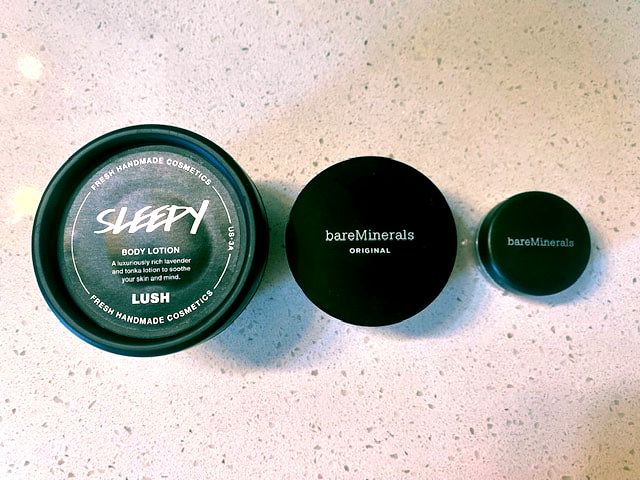
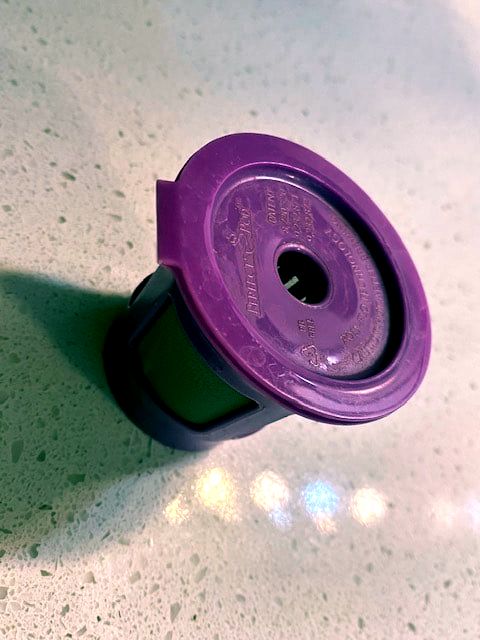
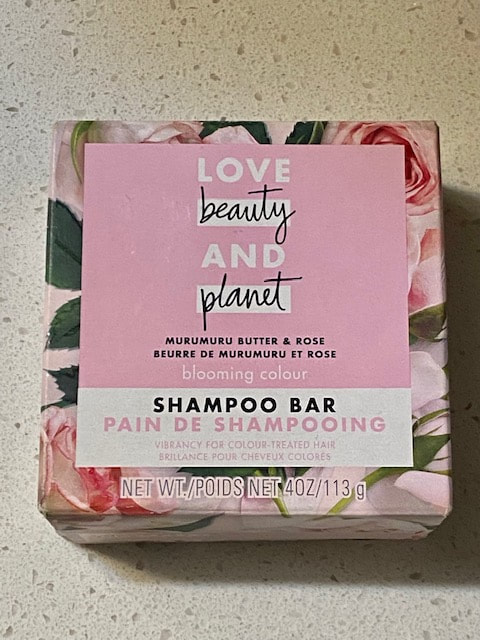
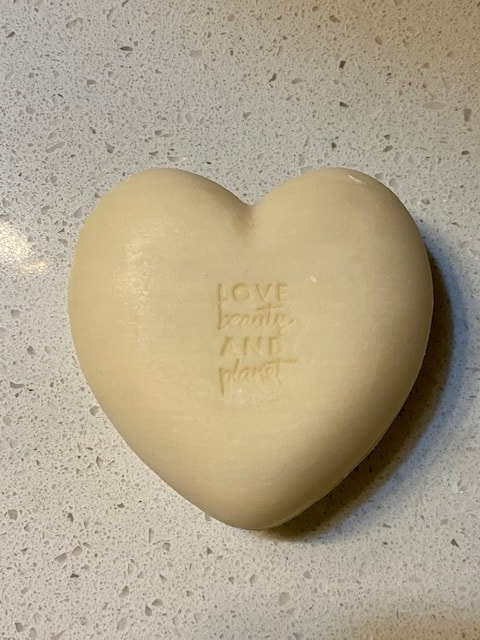
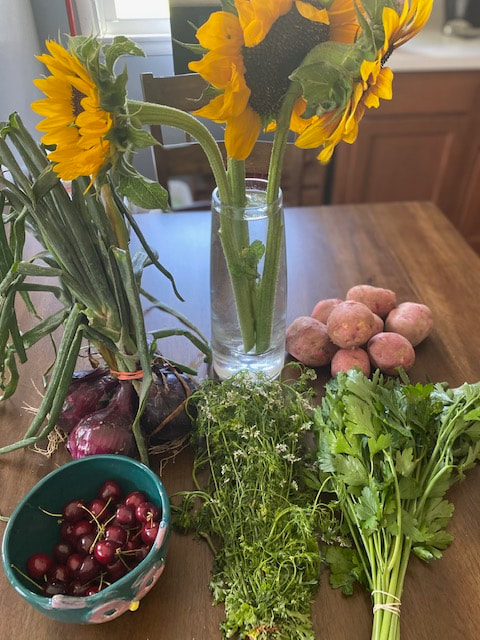
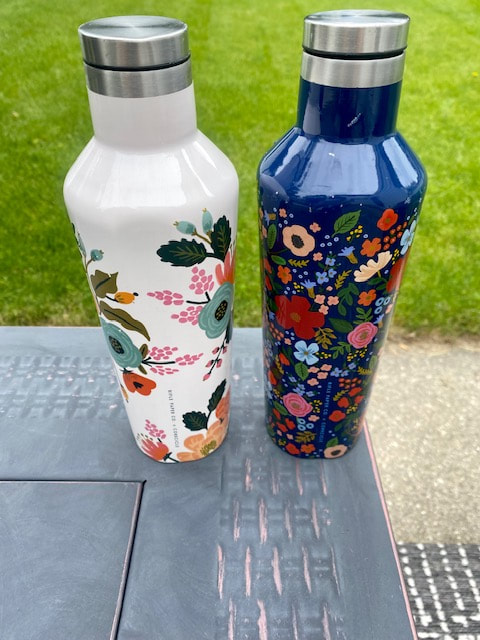
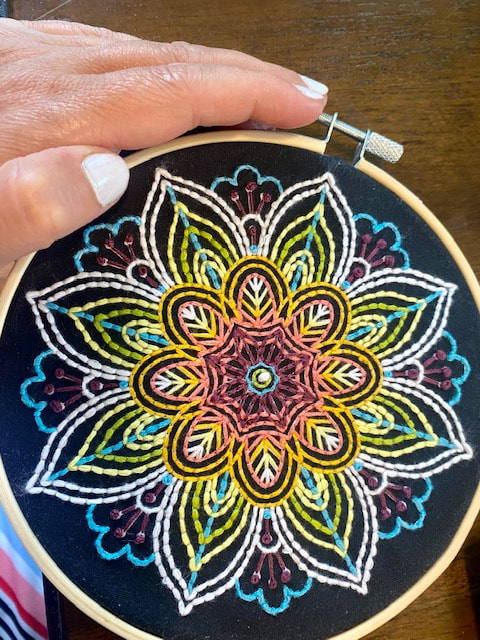
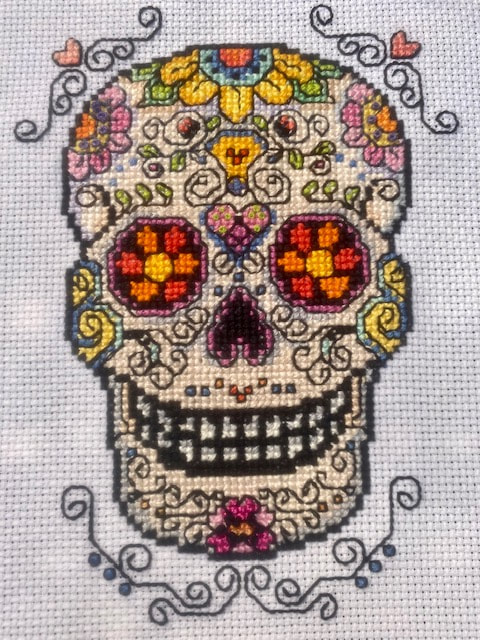
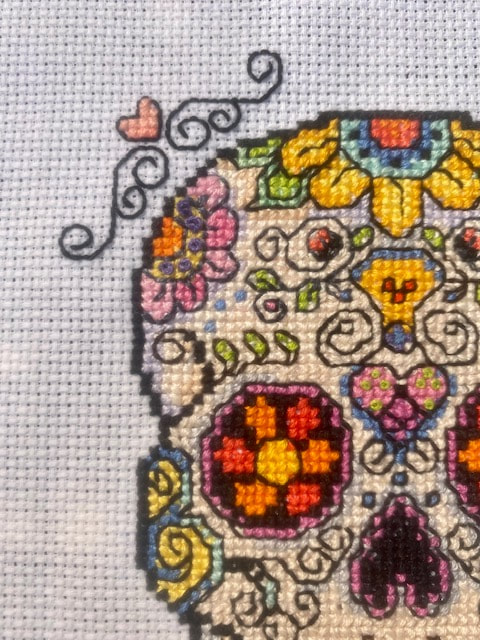
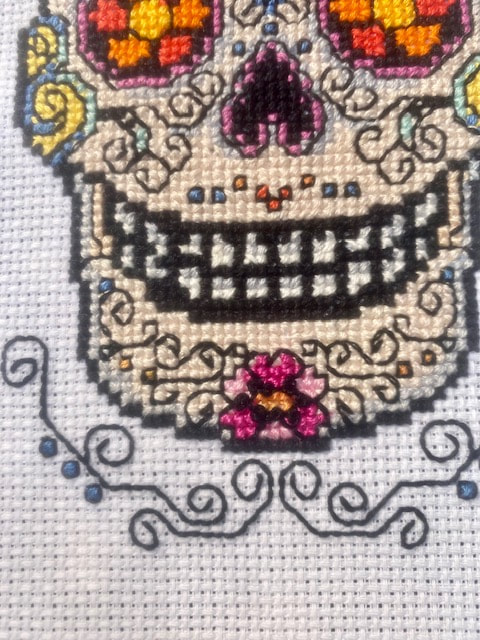
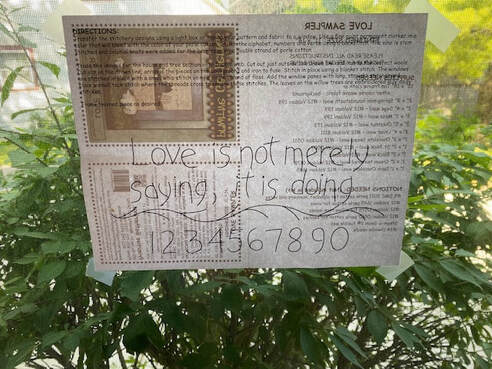
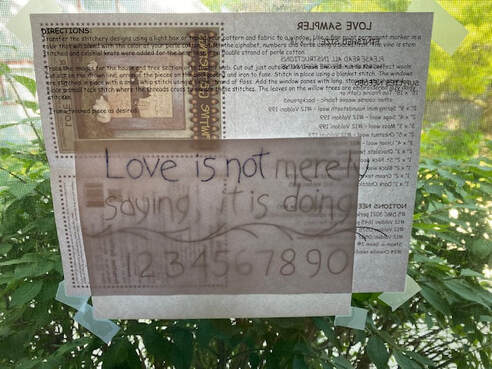
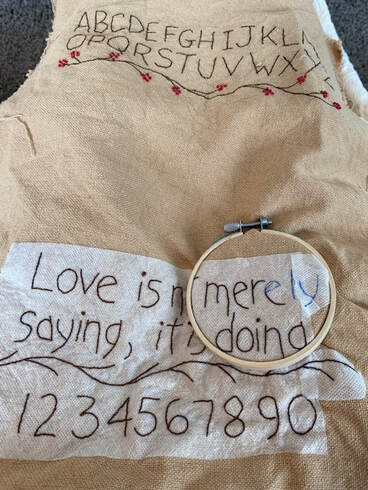
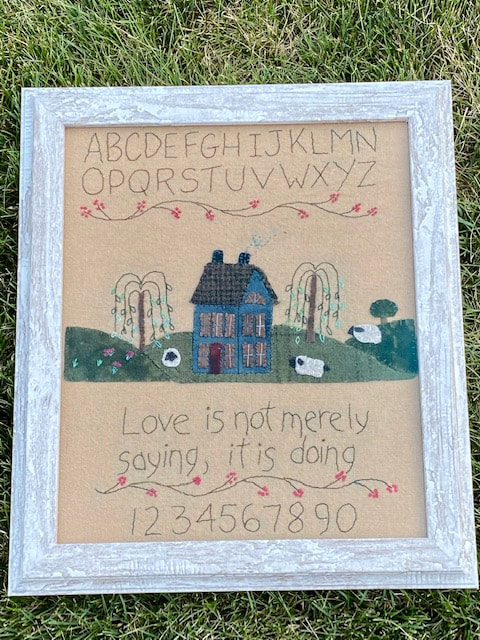
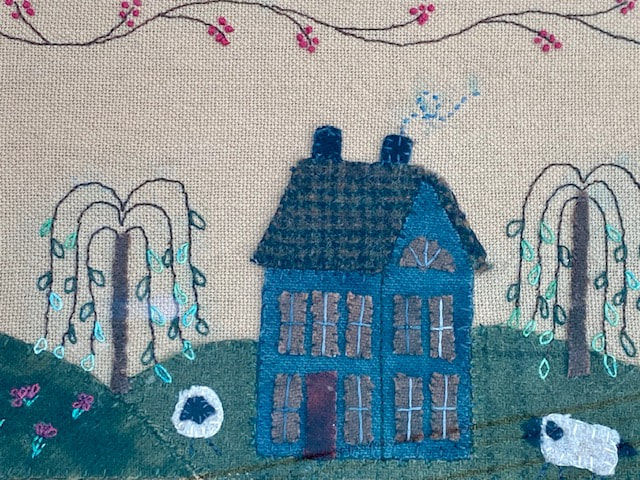
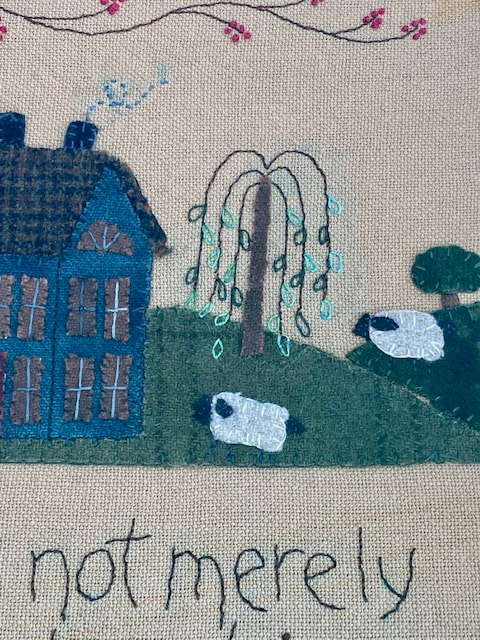
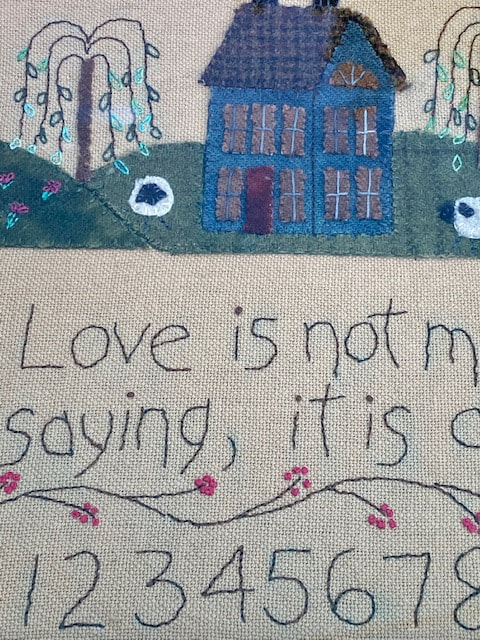
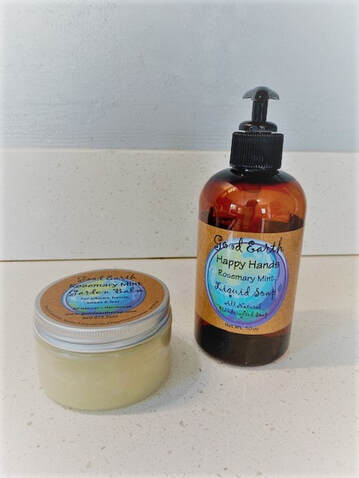
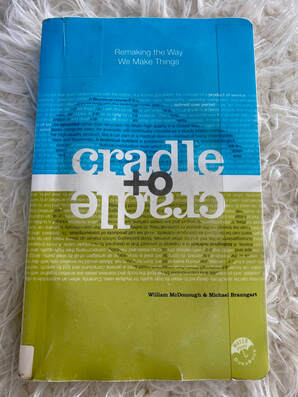
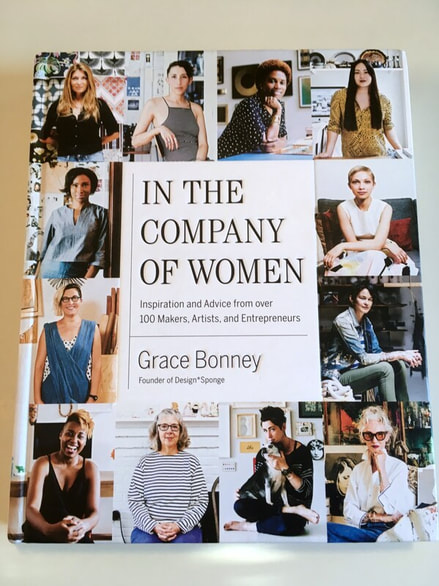
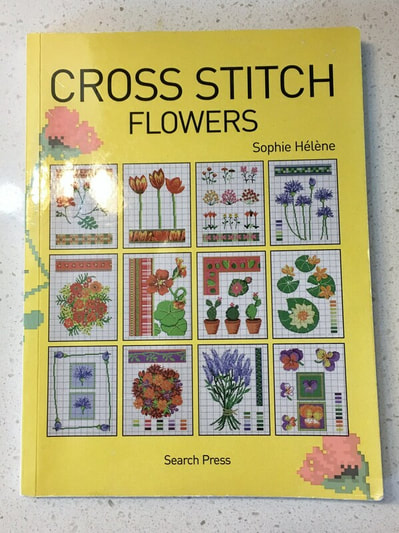

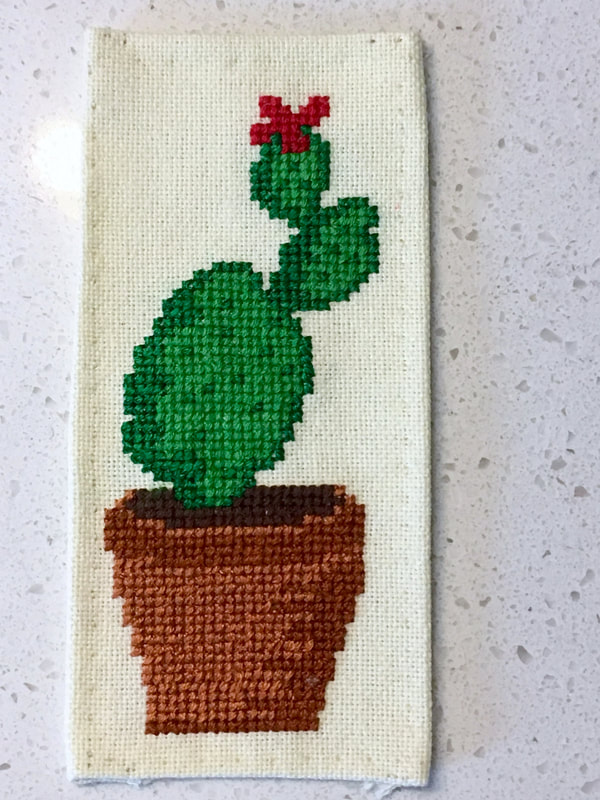
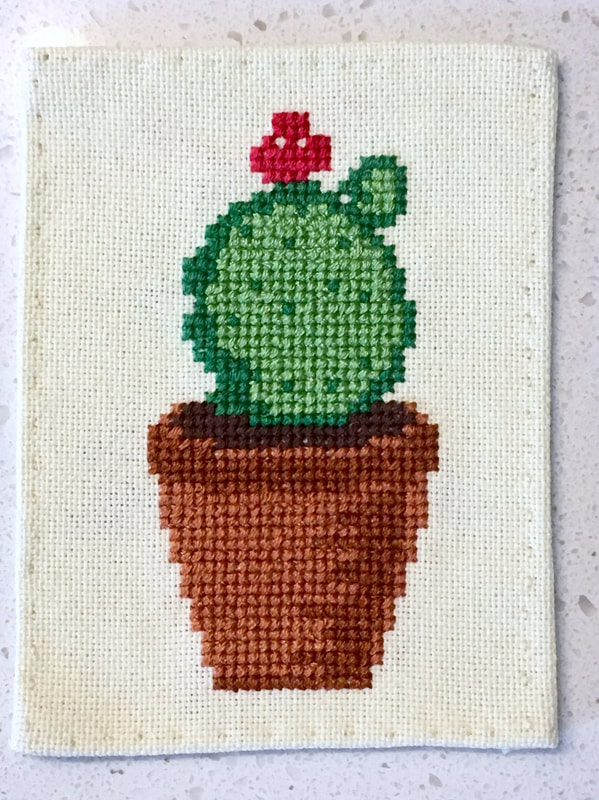
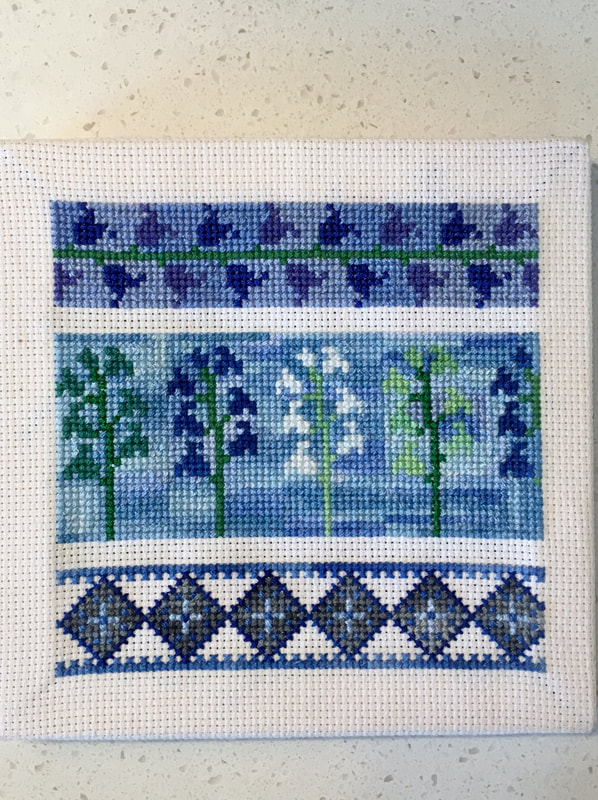
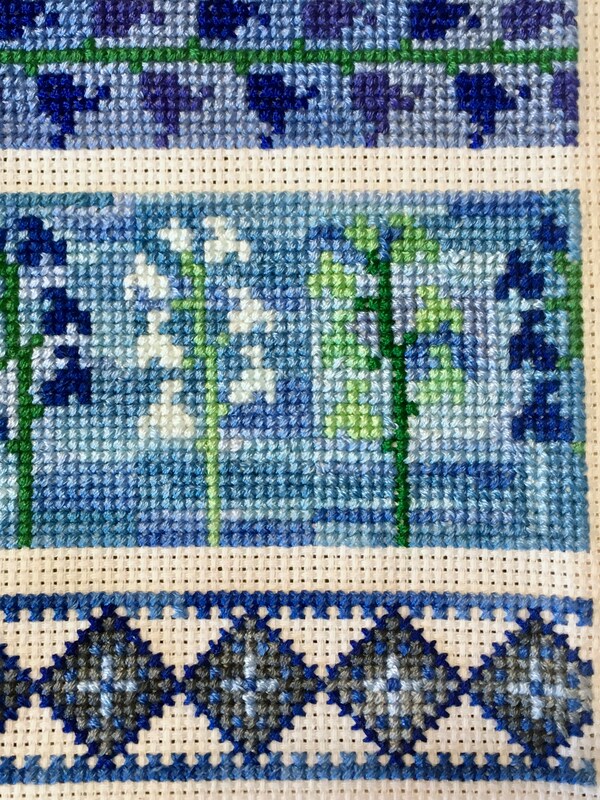
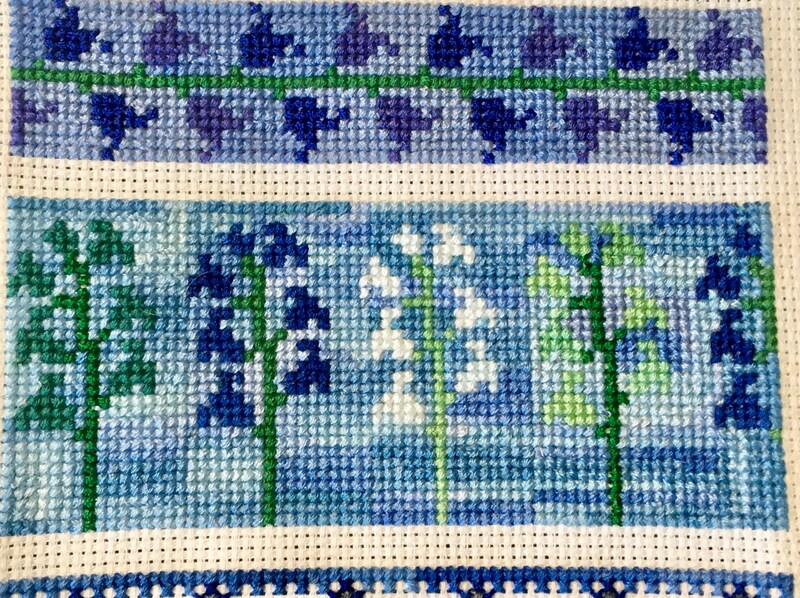
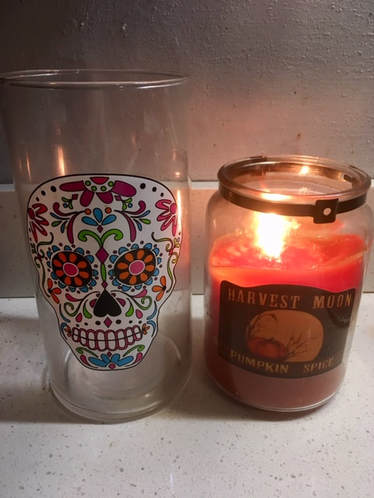
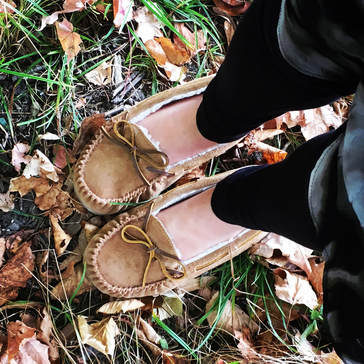
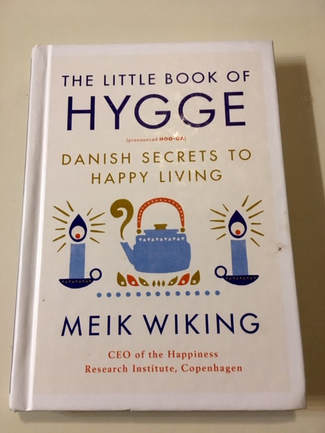
 RSS Feed
RSS Feed